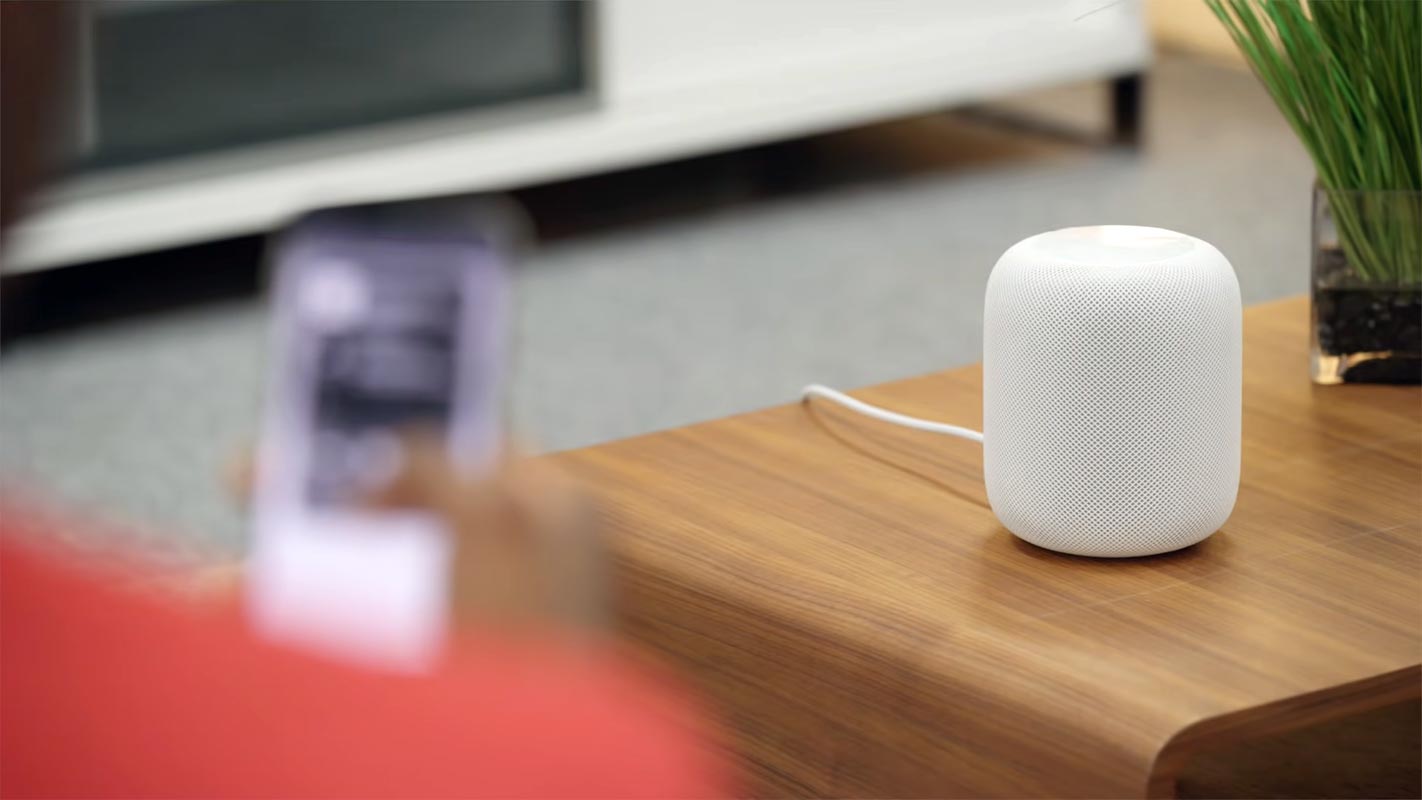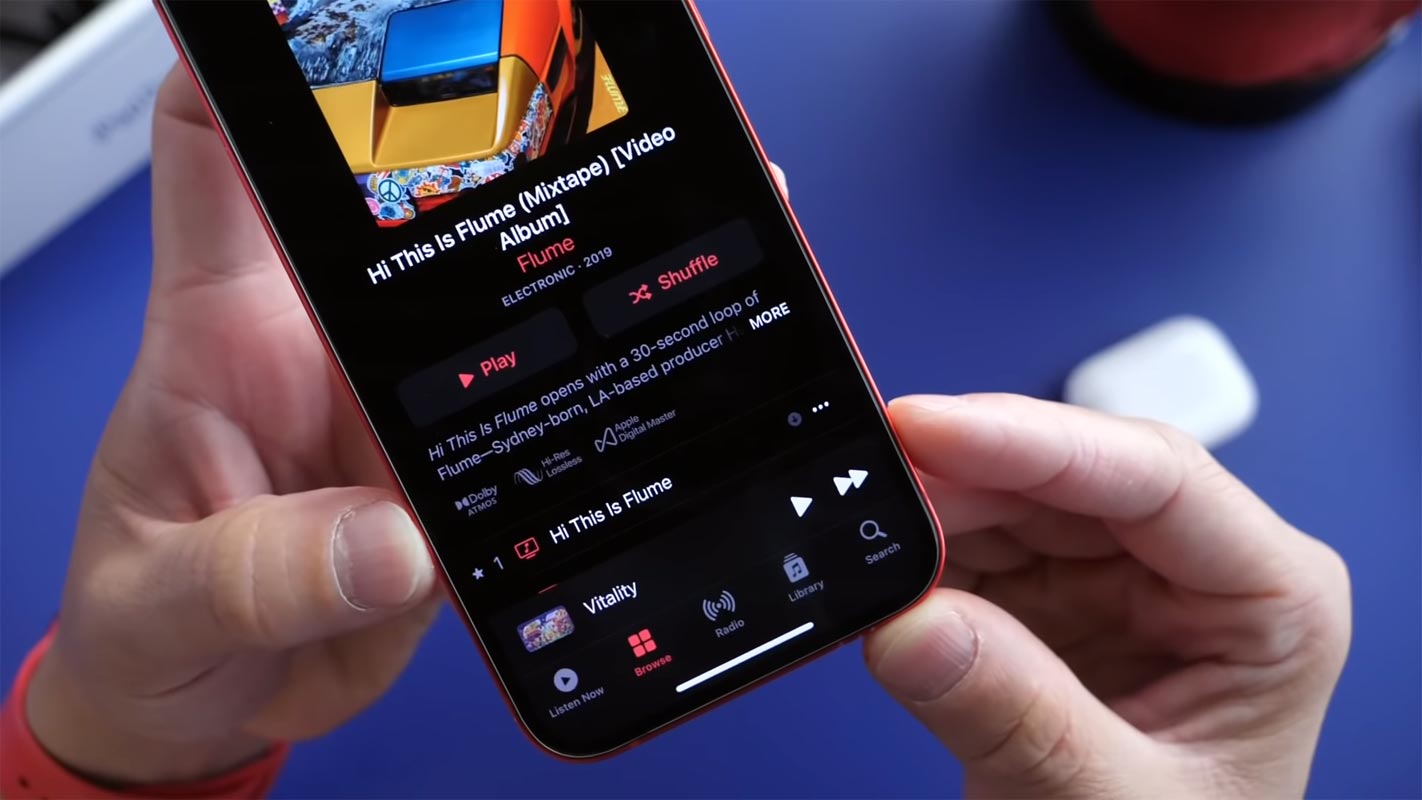The world slowly moving towards everything to stream platforms instead of offline copies of the media. But you can’t get the same experience as a raw file when you stream the media unless you meet all the requirements, including internet speed. So, based on every person’s successful configuration, the quality of the media file may vary. It is because companies wanted to utilize the bandwidth and user experience in a quality manner. But most of the countries have good internet speed. So, Apple begins to provide lossless audio in its Music service. But currently, it is limited to app-specific devices. It means You can’t stream media via Bluetooth to other third-party speakers to avoid offline download issues. Since Apple HomePod works with Wi-Fi too, Apple decides to provide Lossless Apple Music Audio to HomePod. Soon, We can expect the official update from Apple.

What is Lossless Audio?
The Human ear can’t audibly perceive, MP3 will use the technique to compress the audio files, which means Lossless. This also reduces the amount of storage needed to hold the entire. The problem behind the lossless form is that many people feel like listening to lower-quality music with bits of audio discarded. The lower the bit rate and more data thrown away is the main reason for the audio quality.
A CD takes about 50MB of memory for the typical song, but a decent quality 256kbps mp3 of the same song will be 5MB; this is the larger amount of data lost in the compression process. So for better quality, the audio file must have a higher bit rate mp3 and larger file size, although it never reaches the original recording quality. This is where lossless audio comes into play.
Lossless having the format for typical song compression such as FLAC or Apple’s lossless format, it has clocked in at about 30MB on average. Thus, it is much smaller than the original 50MB file on a CD.
Apple Music Lossless Audio

By the end of this year, Apple Music will be available in Lossless Audio format for all 75 million songs in the library with no extra charges and along with Spatial Audio. In Spatial Audio, if the users listen to the song with the compatible equipment, surely they will realize the difference. There will be a dramatic difference between lossless music and low-rec mp3 recordings if anyone hears with halfway functional ears easily determine the difference.
Now the situation becomes very different. Apple Music streams going to use Advanced Audio Coding format at 256 Kbps which Apple develops. It has an extremely high-quality format and easily better than higher bit-rate mp3 recordings. So in two ways, AAC is used to compress the music; one is Redundant data is eliminated, and another one is Data that is unique but does not impact the way we hear the music.
The difference between the AAC and lossless audio is virtually indistinguishable, Apple offering subscribers to access music in lossless audio compression. However, if the users stream lossless audio over cellular data, it will consume more data and need more space to download on their device.
Apple AAC Bluetooth Codec can play with AirPods, AirPods Pro, AirPods Max, and Beats Wireless headphones to ensure excellent audio quality. Still, there is no option for Bluetooth Connectivity in lossless audio. For the latest version of lossless audio format, users need to delete the previous music and redownload it using Apple music Catalog. For supporting songs, You will get the details in the info section as “Hi-Res Lossless.”
Apple HomePod Lossless Music Audio
A new update from the Apple that will support both the original HomePod and the new HomePod is to support the lossless tire of Apple Music. In the future software update section, The details about the new feature available in the support document. Although a month ago, Apple discontinued HomePod, it is good news to find lossless support comes with all devices. In addition, Apple introduces the latest smart speaker, the HomePod Mini.
The updated lossless support does not confirm the release date, but users can expect a big change in this new update.
Wrap Up
You can release any attractive hardware to users. But the stay with the device and repeat customers depends on how much support you are giving to them after the sales. Most of the Apple product users are loyal users because of the support Apple providing to them after-sales. It can be both software and hardware support. Lossless Audio will give users a new experience.
When users listen to a lossless audio song with the Airpods, They can definitely feel the real experience of the song. Even if HomePod is a small device, It can provide Original Sound quality with its good drivers. So, providing Lossless Audio support to Apple HomePod is a good move. What are your thoughts about the new Audio update? Can you feel the difference? Share your thoughts.

Selva Ganesh is the Chief Editor of this Blog. He is a Computer Science Engineer, An experienced Android Developer, Professional Blogger with 8+ years in the field. He completed courses about Google News Initiative. He runs Android Infotech which offers Problem Solving Articles around the globe.



Leave a Reply